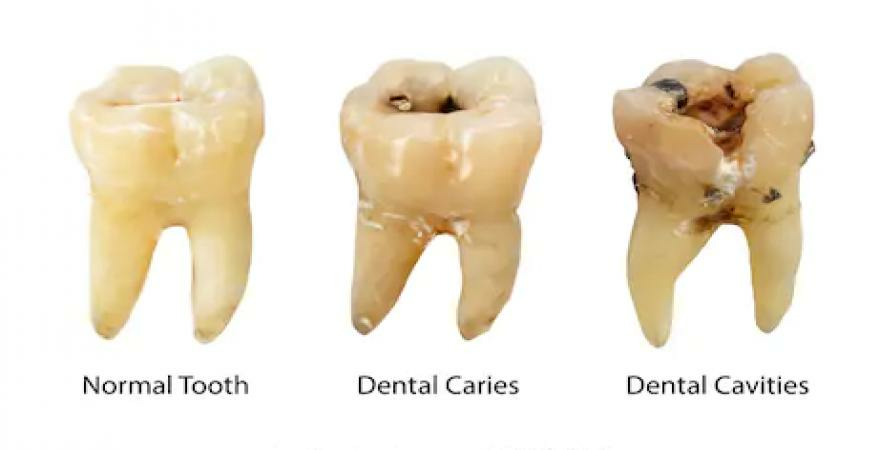- Home
- |
- About Us
- |
- Our Services
- |
- TESTIMONIALS
- |
- DENTAL TOURISM
- |
- MEDIA
- |
- Contact Us
25 Sep, 2020

Dental pain is one of the worst kinds of dental pain anyone would ever have to endure. Odontalgia or dental pain could be either caused due to any form of injury to the teeth or surrounding soft tissues or muscles. This injury could be in the form of dental decay, trauma or poor oral hygiene from sheer neglect.
Our mouths are continuously filled with millions of bacteria which could be either healthy and protective in nature or of a destructive nature. Poor oral hygiene and dental neglect will lead to the destructive bacteria taking over and causing havoc in our mouths. These harmful bacteria present on the tooth surface are known to release acids which are detrimental in nature. If the outermost layer of the tooth (Enamel) is exposed to repeat acid attacks, it degrades and loses its natural structure thus causing the most common kind of dental infection dental caries also known as dental decay.
This decay is a progressive irreversible disease of the tooth. Once it attacks the Enamel, it can progress deeper into the second layer of the tooth called Dentin, unless treated. At this stage the tooth may or may not show symptoms such as sensitivity (sharp shooting pain or eating cold or sweet foods). Treatment for such a cavity is a composite or a tooth coloured filling. However, if left untreated, the cavity progresses into the deepest layer of the tooth called pulp which is rich in blood vessels and nerves. Once it reaches this layer, pain may or may not be elicited. The only treatment to prevent further infection at this stage is root canal treatment.
The root canal procedure begins by giving anaesthesia to minimize pain and discomfort to the patient. This is followed by removal of the infected nerve tissue from the root and the entire root area is disinfected with the help of chemical agents. Once this is done, an artificial root filling material is placed in the canal space and a tooth coloured filling known as a core is used to cover the top portion of the tooth. The decision to place a cap over it varies from case to case and also depends on the practitioner.
This procedure usually takes place in a single sitting. However, if the infection is severe, additional sittings may be required.
If left untreated completely an infection may develop. The infection may become severe and develop pus. Not only can the infection increase in intensity, but it can also spread to surrounding gums and teeth. This may lead to further loss of bone surrounding the tooth. A once easily salvageable tooth will now need to be removed due to the spread of infection.
Once the tooth is removed you are going to be left with a less efficient mouth in terms of function. The tooth must be replaced as soon as possible so that you can start chewing properly. Replacement of teeth is usually done by means of a denture, a crown or bridge and what we prefer in terms of longevity, a dental implant with a crown.
At Therapeuo we strive to provide prompt diagnosis and prevent exacerbation of dental disease. Do not ignore the signs your teeth give you. Visit us, your dentists at the earliest sign of any dental pain for as you know a stitch in time saves nine.